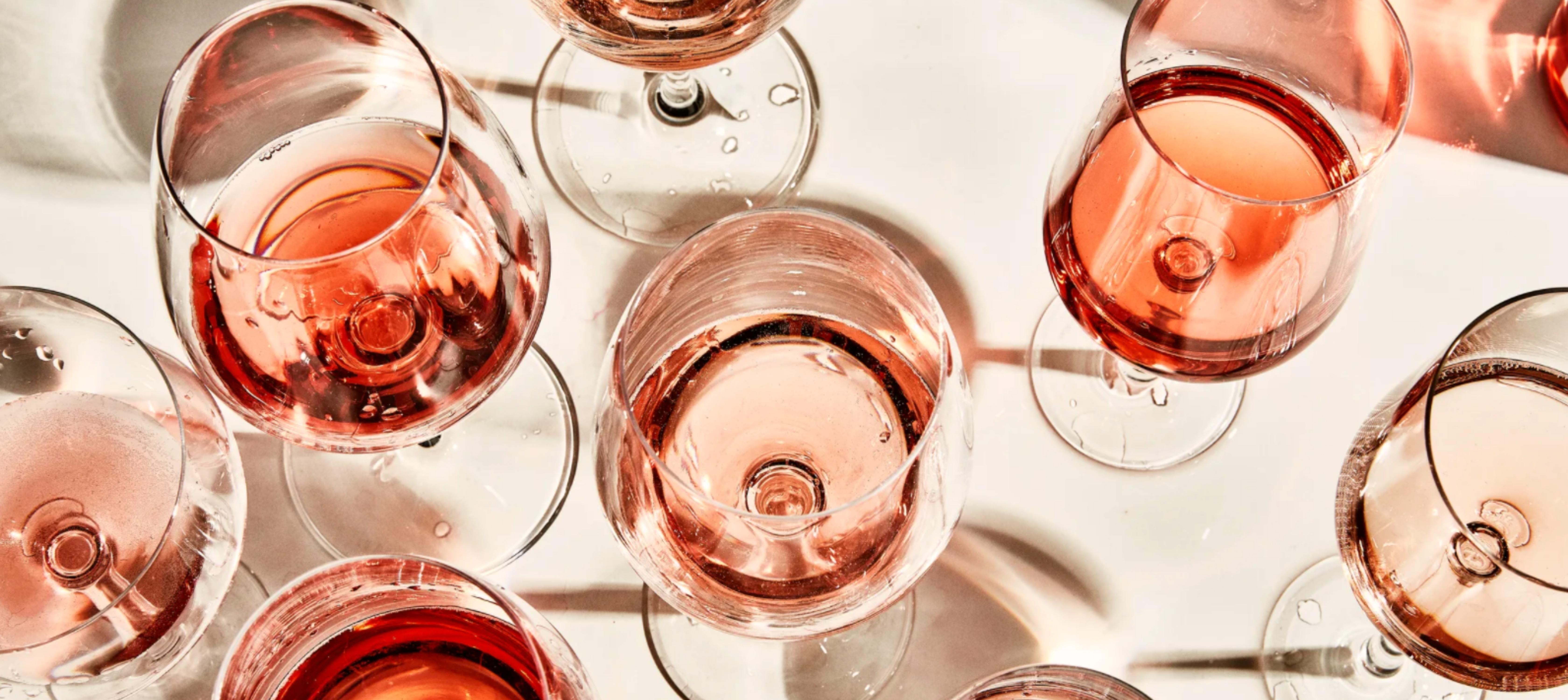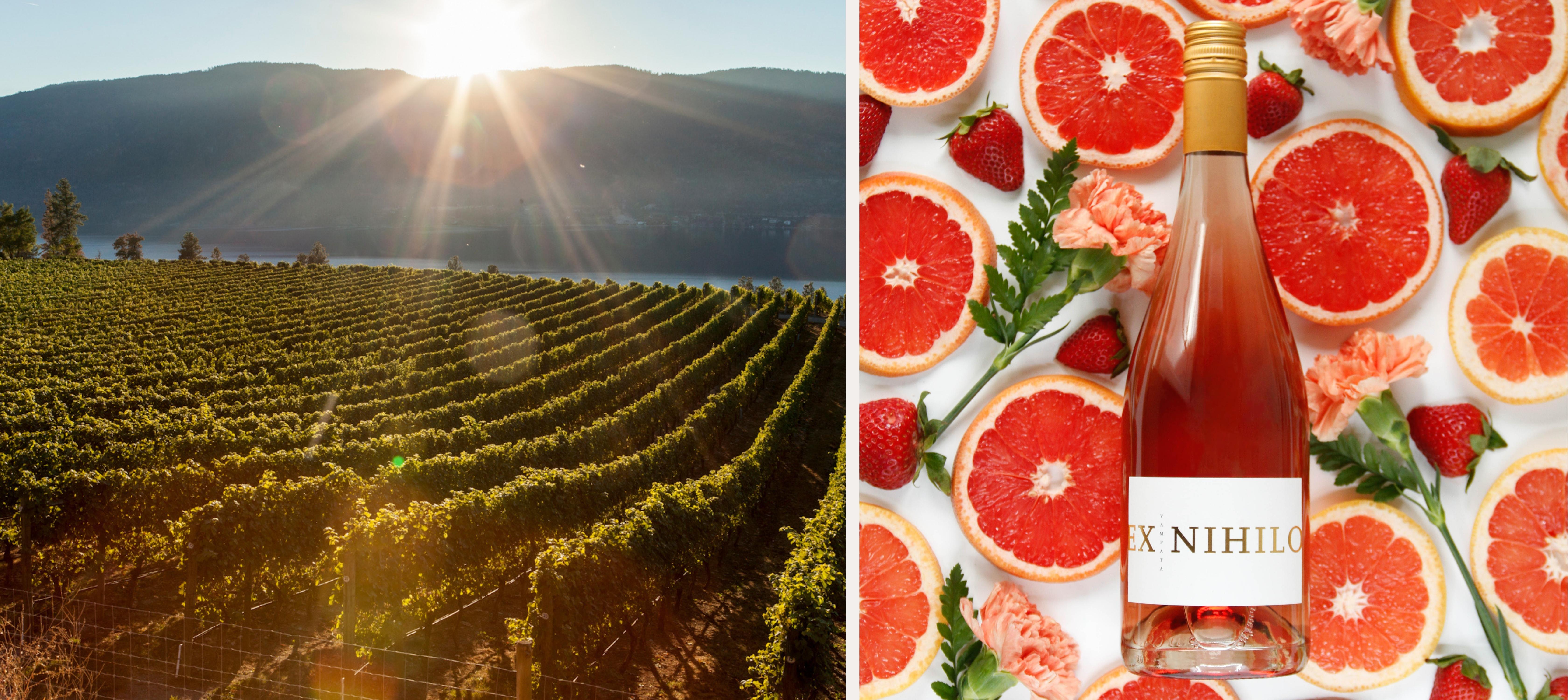The Versatile Charm of Rosé: The Saignée Process, & the Release of the Fabulous Vampata Rosé at Ex Nihilo!

There is no wine more charming than a crisp rosé. Not only striking and intriguing in colour, the flavours and aromas offered by a lovely rosé are something to behold. One of the oldest wines, rosé’s popularity has experienced a resurgence. There are entire festivals dedicated to this wine classification, and with such versatility, we can understand why!
Rosé is probably best known for its’ fresh, fruity quality. Best served chilled, it is most popular in the spring to early fall, due to its refreshing essence. The area of the world most known for this wine is the Provence region of France, but there are plenty of great rosé wines throughout the world, especially right here in the Okanagan.

What are the Distinguishing Characteristics of a Rosé?
Rosé wines have a low to medium alcohol level with bright acidity. Various varieties of red wine grapes are used, sometimes in a blend. Some grape varieties used include Grenache, Pinot Noir, Syrah and more! Rosé can be sparkling, sweet, or dry, and is broken down into many different types such as:
- Provence Rosé
- Pinot Noir Rosé
- Zinfandel Rosé
- Cabernet Sauvignon Rosé
- Syrah Rosé
- Grenache Rosé
- Tavel Rosé

Common Methods of Making Rosé
Some people think that rosé is just a mixture of red and white wine, and sometimes it is, (this is called the blending method). This is most often not the case, however, and except for Rosé Champagne, actually, a practice sometimes frowned upon in the industry.
In the maceration method the grapes are destemmed, sorted, and left to rest/macerate with the juices for up to a few days until the optimum level of pink colour is achieved. The skins are then removed and the wine is made from the remaining juices. Maceration is the most popular method used to produce rosé, but a newer method, the Saignée process has gained popularity and it brings rosé to a different level.
What is the Saignée process?
The saignée (“sohn-yay”) process produces a slightly richer rosé, and involves the removal of a portion of the juice, increasing the proportion of skins in contact. The resulting concentration results in a more vibrant colour and a bit more tannin.
A Rosé Inspired Picnic With Ex Nihilo's Furry Pal Pyper
Rosé Food Pairings
While sipping this versatile wine, there are many great pairings. Look to dishes such as duck, salmon, and lamb. Soft cheeses, such as goat, incorporated into a charcuterie board are also a great option.

Release of the 2021 Vampata Rosé at Ex Nihilo
Ex Nihilo is excited to release its 2021 Vampata Rosé, a crisp pink delight, produced with the saignée process from pinot noir grapes. Enjoy summer in a glass, with aromas and flavours of strawberry, cranberry, grapefruit, rose hips and gooseberry. Order it from our online store, or venture down to the winery to grab a bottle, or two?

